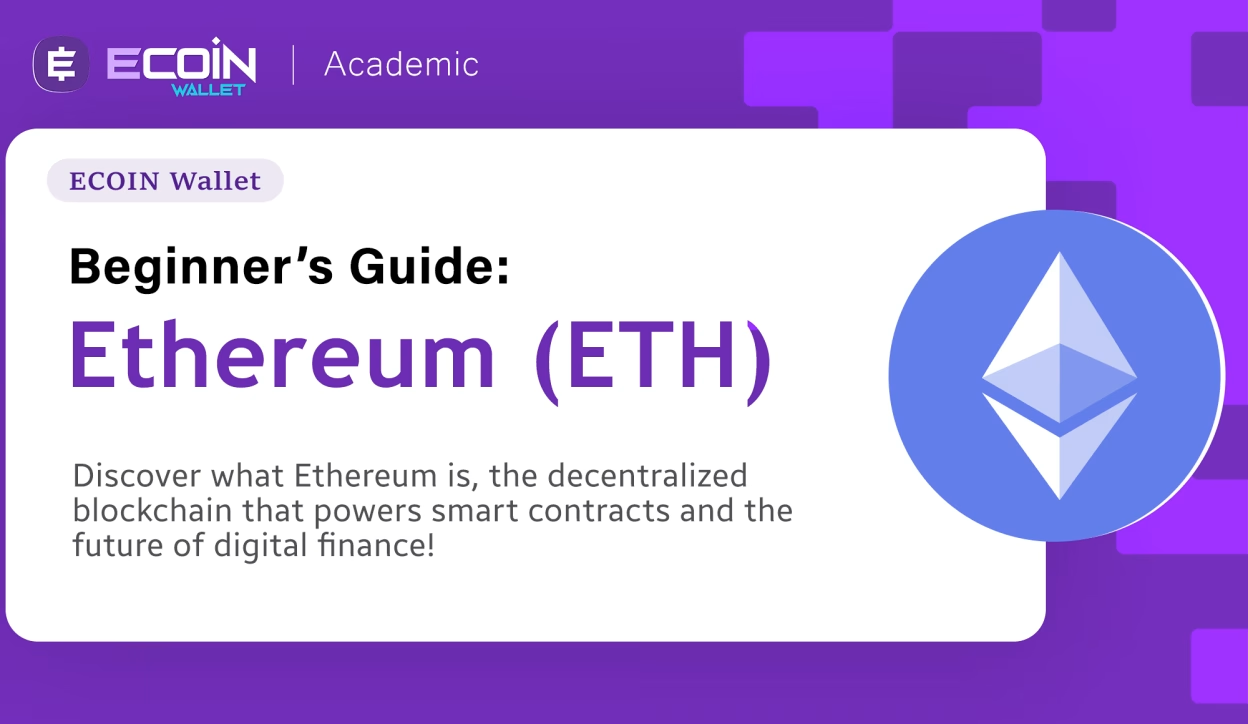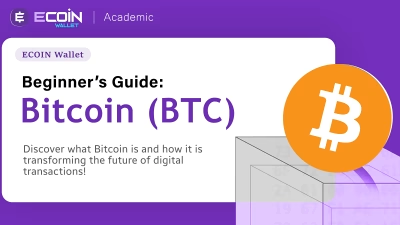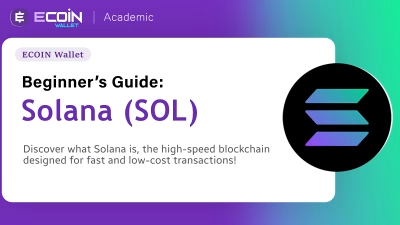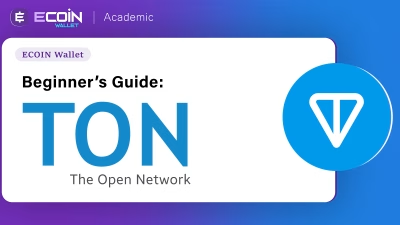In this beginner’s guide to the second-largest cryptocurrency in the market, you’ll learn how to buy Ethereum, understand how it works, and discover the concepts of smart contracts and ETH2.
Ethereum ranks as the second-largest cryptocurrency by market capitalization, trailing only Bitcoin. However, it is more than just a digital currency—it is a decentralized computing platform capable of running a wide range of applications, including those within the DeFi ecosystem.
Launched in 2015, Ethereum was designed to be a global, decentralized computing platform that applies the security and transparency of blockchain technology to a broad spectrum of applications. Unlike Bitcoin, which was created primarily as a digital currency, Ethereum serves as a foundation for developers to build decentralized applications (dApps).
Today, the Ethereum blockchain is used for various purposes, from financial tools and gaming to complex databases. Its future potential is only limited by the creativity of developers. According to the nonprofit Ethereum Foundation, “The Ethereum blockchain can be used to encode, decentralize, secure, and trade almost anything.”
Ethereum has become a popular asset for investment and wealth storage. Like Bitcoin, it allows users to send and receive value without intermediaries.
Developers use the Ethereum blockchain to create and run applications ranging from games and advanced databases to complex financial instruments. This eliminates the need for banks or other institutions to act as intermediaries.
Smart Contracts
Ethereum-based applications rely on “smart contracts,” which are similar to traditional contracts but execute automatically when predefined conditions are met. Unlike paper contracts, smart contracts do not require trust between parties, as they are enforced by the blockchain without intermediaries.
Similar to Bitcoin, Ethereum is an open-source project that is not owned or controlled by a single entity. Anyone with internet access can run an Ethereum node or interact with the network.
Ethereum’s decentralized blockchain allows strangers to send and receive money anywhere in the world without involving banks. Additionally, smart contracts enable developers to create applications that function exactly as programmed, without interruptions, censorship, fraud, or third-party interference.
Some popular innovations built on Ethereum include stablecoins, decentralized finance (DeFi) applications, and other decentralized apps (dApps).
Difference Between Ethereum, Ether, and ETH
Ethereum is the name of the network. “Ether” is the native cryptocurrency used within the Ethereum network. In everyday usage, most people refer to it as ETH or simply Ethereum. ETH functions similarly to Bitcoin for sending, receiving, and storing value. However, it plays a special role in the Ethereum network by being used to pay transaction fees, known as “gas.”
If Bitcoin is considered “digital gold,” ETH can be seen as “digital oil.”
Is Ethereum Secure?
Ethereum’s security is ensured through blockchain technology and a consensus mechanism known as “Proof of Stake.” Additionally, key principles of cryptocurrencies enhance security: the network is permissionless, and its core software is open-source, allowing computer scientists and cryptographers to scrutinize its security.
However, the security of Ethereum-based applications depends entirely on their developers. Flaws in application code can lead to financial losses. While the code is publicly visible, individual applications often have smaller user bases, meaning fewer people are verifying their security. Therefore, researching any decentralized application before using it is crucial.
How Does Ethereum Work?
Bitcoin’s blockchain is often compared to a ledger or checkbook that records all transactions. The Ethereum blockchain serves a similar purpose but is much more flexible. Developers use Ethereum to create various tools, from logistics management software to DeFi applications, which include lending, asset trading, and more.
Ethereum operates through a “virtual machine,” acting as a global computer composed of many individual computers running Ethereum software. Maintaining these computers requires investments in hardware and electricity. To cover these costs, the network uses Ether (ETH) as a native cryptocurrency.
ETH powers the network, as users pay transaction fees in ETH to execute smart contracts. These fees are called “gas.”
Gas fees fluctuate based on network activity. A major Ethereum upgrade called Ethereum 2.0, launched in September 2022, aims to improve efficiency and scalability.
What is Ethereum 2.0?
Ethereum 2.0 (ETH2) is a significant upgrade to the Ethereum network, designed to enhance scalability, security, speed, and efficiency. Implemented in September 2022, Ethereum 2.0 merged with the original Ethereum blockchain.
The transition was necessary to address the limitations of the Proof of Work (PoW) consensus mechanism used in Ethereum 1.0, which caused network congestion, high fees, and high energy consumption.
What is Proof of Work?
Cryptocurrency networks prevent double-spending without a central authority using consensus mechanisms. Ethereum 1.0 adopted the Proof of Work (PoW) model pioneered by Bitcoin:
- PoW requires substantial computational power, contributed by miners who compete to solve complex mathematical puzzles.
- The winner updates the blockchain with the latest verified transactions and receives a reward in ETH.
- This process occurs every 30 seconds (compared to Bitcoin’s 10 minutes). As network traffic grew, PoW limitations caused congestion and rising fees.
What is Staking?
To overcome PoW’s inefficiencies, Ethereum 2.0 transitioned to a new consensus mechanism called “Proof of Stake” (PoS), which is faster, consumes fewer resources, and enhances security. PoS replaces mining with validators who stake ETH in a pool:
- Validators pledge ETH as collateral instead of using computational power.
- The act of staking ETH earns rewards proportional to the staked amount.
- A validator is randomly chosen to verify transactions and update the blockchain.
- Other validators confirm the block’s accuracy before it is added to the chain.
- All participating validators receive ETH rewards based on their stake.
A Brief History of Ethereum
2013
- 19-year-old programmer Vitalik Buterin publishes a whitepaper proposing a flexible blockchain for various transactions.
2014
- Buterin and co-founders, including Gavin Wood, raise $18 million through a crowdfunding campaign to develop Ethereum.
2015
- The first public version of Ethereum is launched in July, introducing smart contract functionality.
2016
- A vulnerability in The DAO, a smart contract-based investment fund, results in a $50 million hack.
- The Ethereum community votes to roll back the blockchain to recover funds, leading to a split between Ethereum and Ethereum Classic.
2017
- The ERC-20 token standard is introduced, enabling widespread token creation.
- CryptoKitties, a blockchain game, gains popularity, with rare digital cats selling for over $200,000.
- The Ethereum Enterprise Alliance is formed, including members like JP Morgan, Samsung, Microsoft, and Mastercard.
- MakerDAO launches the first DeFi protocol and the DAI stablecoin.
- ETH surpasses $100 for the first time.
2018
- DeFi applications gain traction with Compound and Uniswap.
- The USDC stablecoin launches, surpassing $1 billion in issuance within a year.
- ETH briefly exceeds $1,000 before dropping below $100.
2020-2021
- The Ethereum 2.0 upgrade begins in December 2020.
- ETH reaches an all-time high of $4,891 in November 2021.
Ethereum’s Future
As of early 2024, Ethereum remains the leading blockchain for dApps, with a market cap near $265 billion. Most stablecoins, including USDC and USDT, run on Ethereum due to network effects. However, new smart contract blockchains are emerging as competitors.
Disclaimer: Content is for informational purposes and not investment advice. Web3 and crypto come with risk. Please do your own research with respect to interacting with any Web3 applications or crypto assets. View our terms of service.



